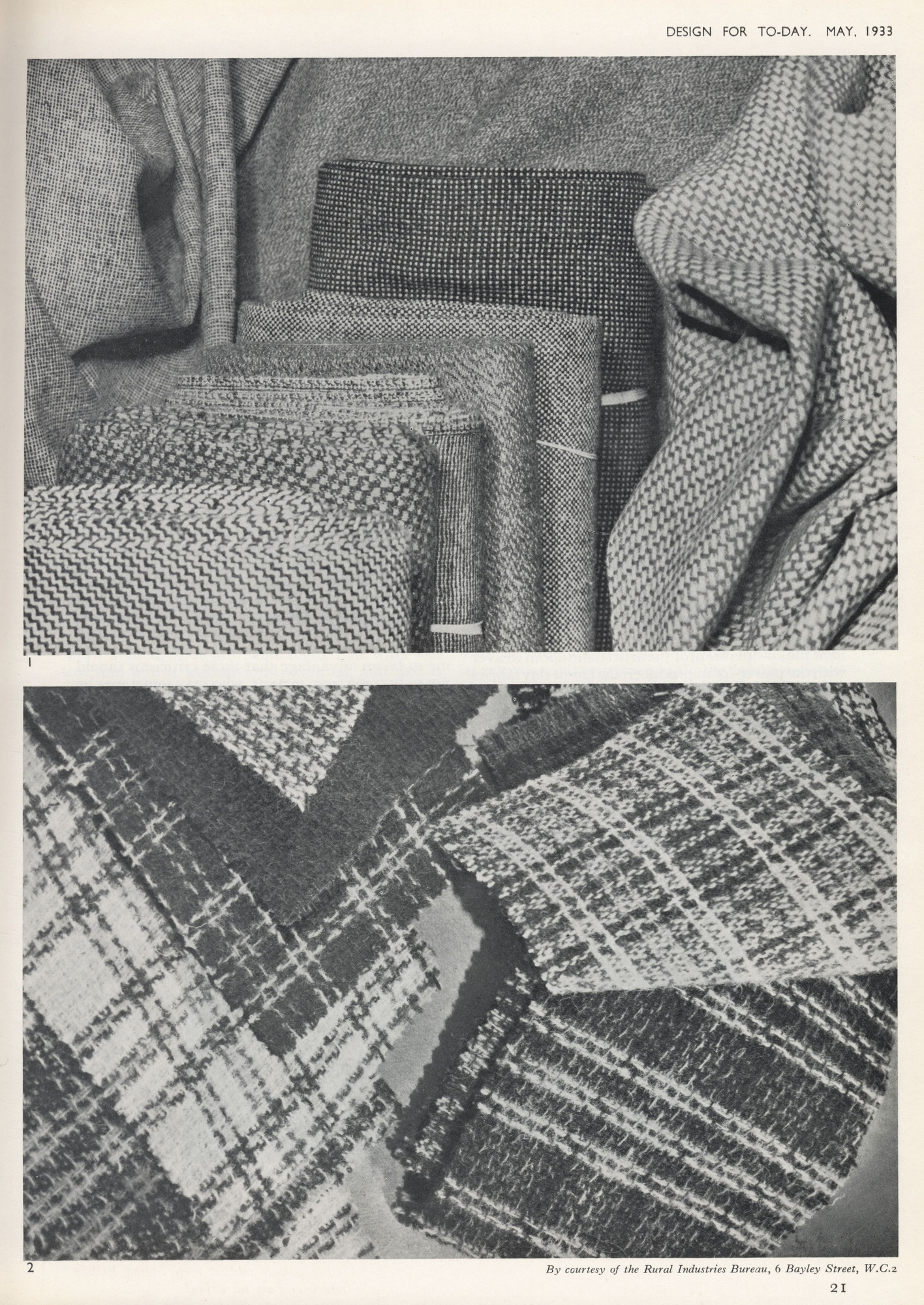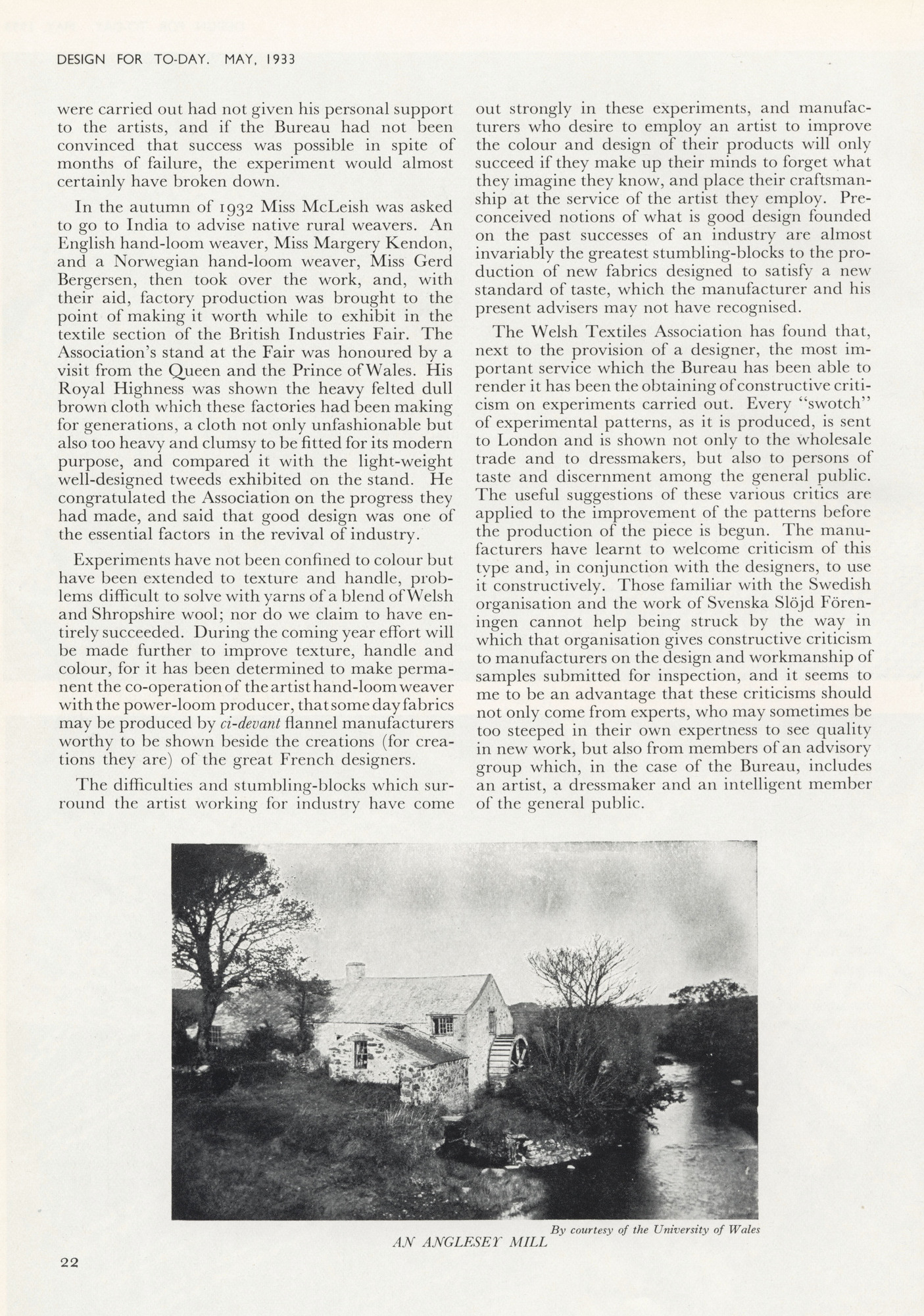1 of
You are browsing the full text of the article: Survival and Revival. An Experiment in Wales.
Click here to go back to the list of articles for
Issue:
Volume: 1 of Design For Today
| Design For Today 1 1933 Page: 20 | ||||||||||||||||||||||||||||
| Survival and Revival. An Experiment in Wales. | ||||||||||||||||||||||||||||
|

|
|
||||||||||||||||||||||||||
| Design For Today 1 1933 Page: 21 | ||||||||||||||||||||||||||
| Survival and Revival. An Experiment in Wales. | ||||||||||||||||||||||||||
|

|
|
||||||||||||||||||||||||
| Design For Today 1 1933 Page: 22 | ||||||||||||||||||||||||||||
| Survival and Revival. An Experiment in Wales. | ||||||||||||||||||||||||||||
|

|
|
||||||||||||||||||||||||||


